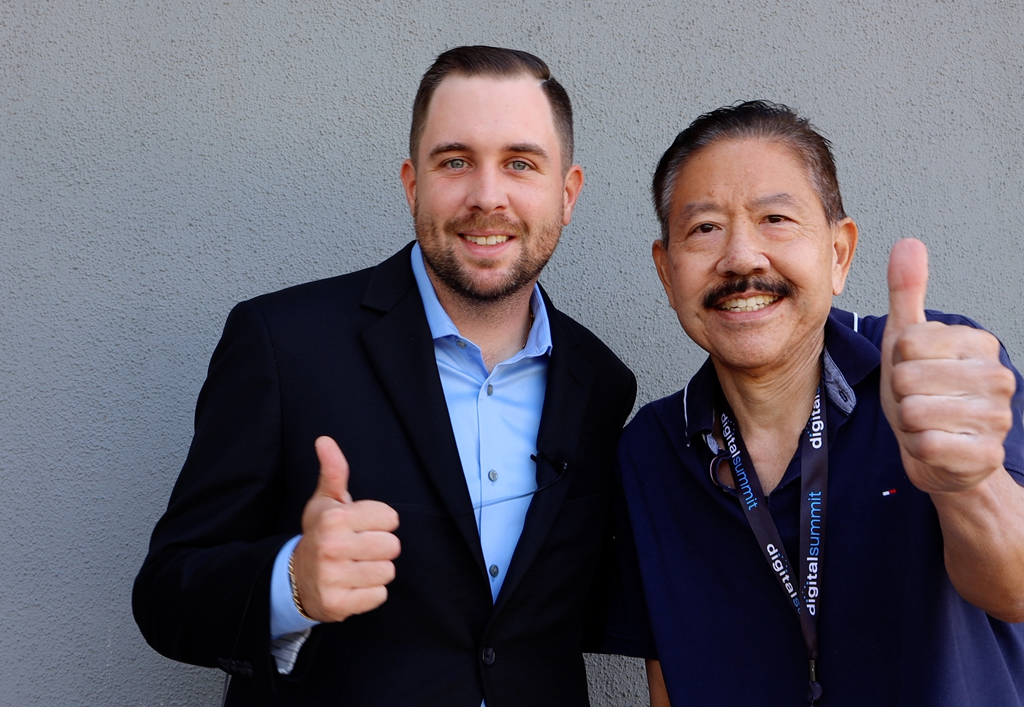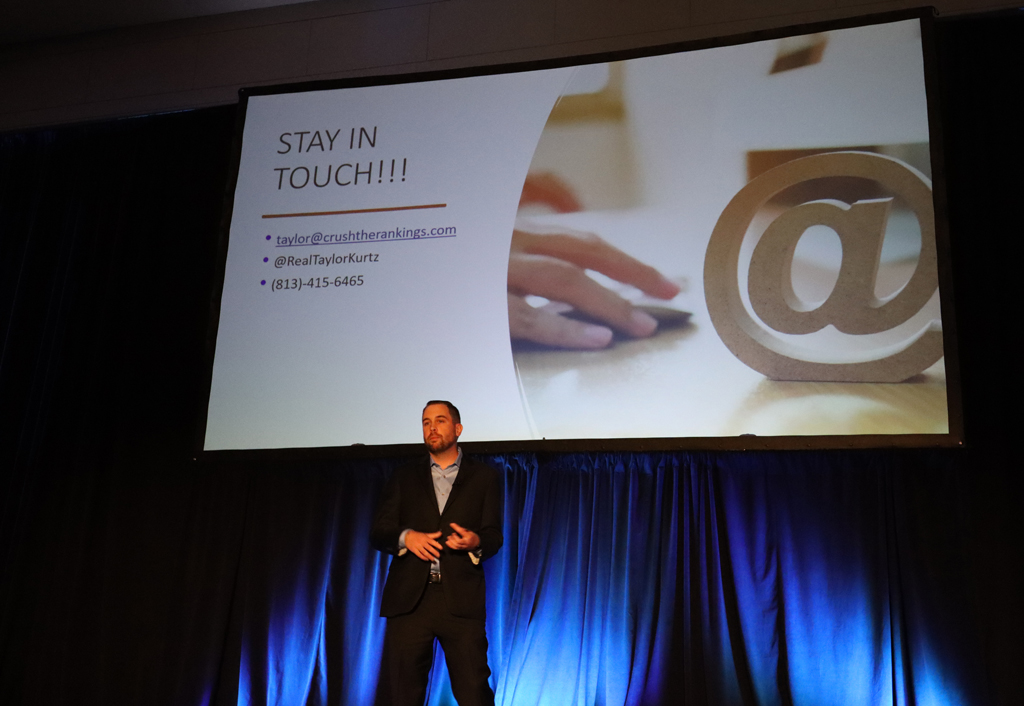
While the degree to which a faster website improves your SEO is still up for debate, there is no question that a faster loading website improves your audience’s satisfaction with your site and prevents visitors from clicking away to go somewhere else. Along with improved bounce rates, it is commonly agreed upon that in some ways a speedy website does improve your chances of better search engine results.
Core Web Vitals (CWV) are one set of metrics that Google uses to measure the speed and page loading times of your website that ultimately lead to user satisfaction of your website. You can log in to your Google Search Console to take a look at your core web vitals. Just as with website speed itself, there is also some debate on just how much core web vitals affect your SERP. However, I’m certainly in the camp that believes since Google puts an emphasis on CWV, it’s definitely a good idea to make sure your core web vitals are up to speed—no pun intended!
In this article, I’ll go over some tips on how you can improve your core web vitals. At the recent Digital Summit Conference, Taylor Kurtz from Crush the Rankings, gave a presentation that included core web vitals. I’ll go over the main concepts that he presented along with my own experiences. Also, I’ll leave a link below if you’d like to get in touch with Taylor for more help with your SEO.
What Exactly are Core Web Vitals?
The three metrics that currently are the Core Web Vitals include LCP (Largest Contentful Paint), FID (First Input Delay), and CLS (Cumulative Layout Shift).
Largest Contentful Paint or LCP measures the time it takes for the largest content element visible to be rendered when a user requests your URL. For example, it could be a photo or video—or a large text block element. Google wants your LCP to be 2.5 seconds or less.
First Input Delay or FID is the time from when someone first interacts with your webpage to the time the browser responds. Google wants your FID to be 100ms or less.
Cumulative Layout Shift or CLS measures the total of all the individual layout shift scores for unexpected layout shifts that occur during the lifespan of your webpage. In other words, you don’t want elements on your page to be shifting around when a user is trying to interact with it. Google wants to see your CLS be 0.1 or less.
How to Check Your Website Speed and CWV
There are two ways you should check your Core Web Vitals. To both measure your website speed and take a look at your CWV, use GTmetrix.
When you run a speed test on GTmetrix, you’ll see the results for your Core Web Vitals. Note that GTmetrix uses TBT (Total Blocking Time) in place of FID. It’s a similar metric and the recommendation is that your TBT be 150ms or less. You can click the Performance tab for more performance metrics.
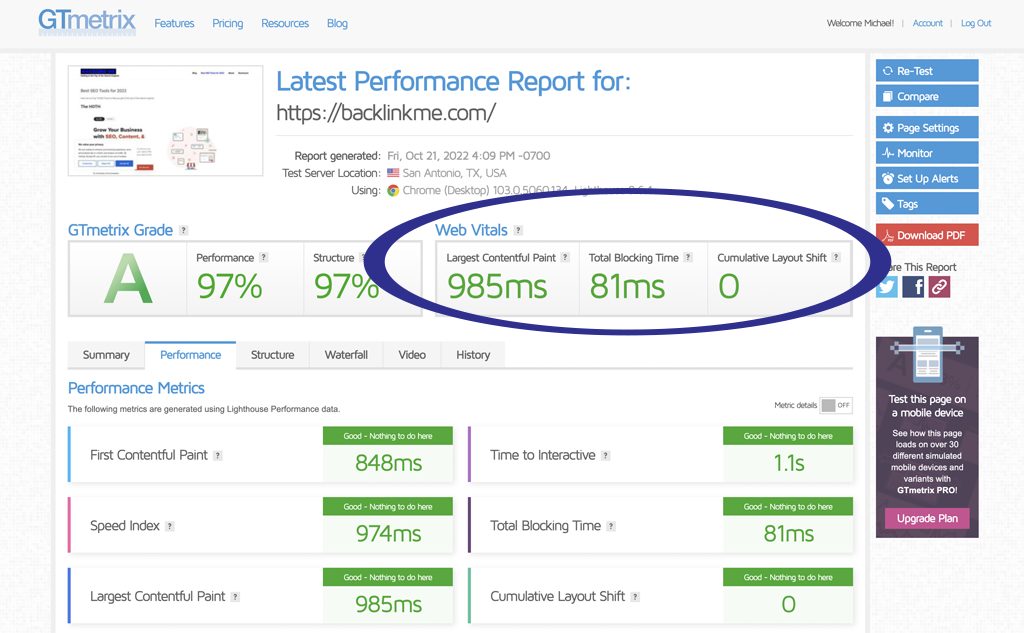
And, to find out if there are specific pages with Core Web Vitals issues, go to your Google Search Console. Click on the Core Web Vitals tab on the left to see your CWV performance and if there are any pages that need improvement.
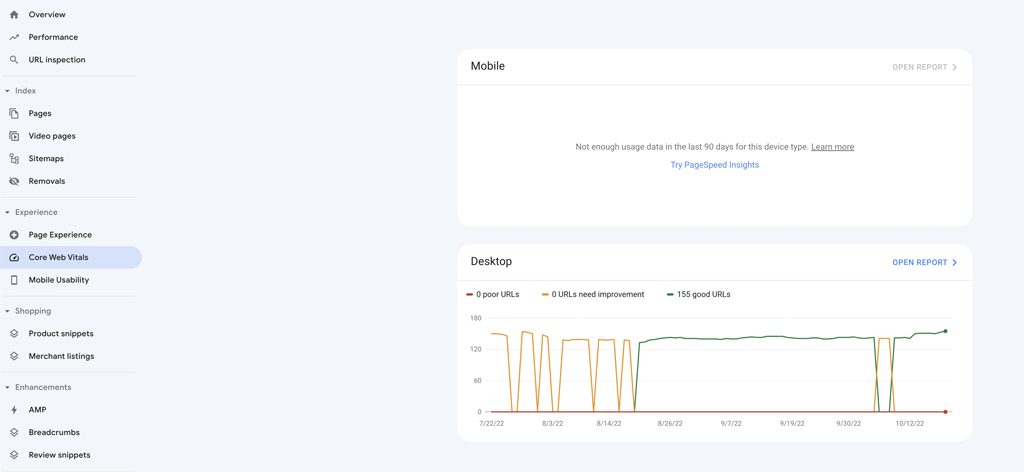
For more specific details on your individual URLs, click the Open Report link.
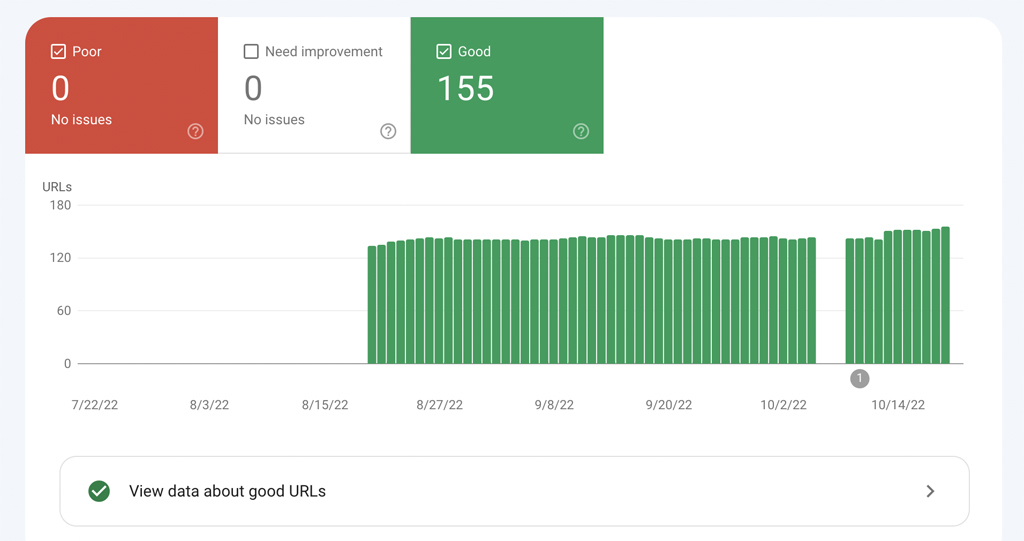
How to Speed Up Your Website
There are a number of things you can do to improve the speed of your website. Some of these may be review for your, but they do bear repeating.
First, make sure you have good quality web hosting. I’ve seen the most improvement with website speed by switching hosts.
Image Compression and proper sizing of your photos is another big factor in website speed. Make sure you size your images correctly and not let your software resize them for you. And, if you use WordPress, be sure to use an image compression plugin like EWWW or Smush.
You also want to use a Content Delivery Network (CDN), especially if your website has a lot of static content (like photos). Using a CDN allows your users to access your site from a server closer to their location—cutting down on page loading times.
How to Improve Your CWV in WordPress
Because WordPress is the dominate website platform today, and because it’s by far the best platform for blogging (a great way to improve your SEO), I wanted to go over a couple of ways that WordPress users can improve their website speed and Core Web Vitals.
WP Rocket

Although you could use a free caching plugin such as WP Super Cache or W3 Total Cache, Taylor recommended using WP Rocket for the best results. WP Rocket includes Page Caching and Cache Preloading for much faster page loading. You also get GZIP Compression of your web pages and Database Optimization. Taylor said that you’ll see a difference right away after installing WP Rocket.
Autoptimize
While a caching plugin takes care of your webpage data, you should also be optimizing your CSS and JavaScript. Autoptimize is a free plugin you can use that minifies your CSS, JavaScript, and HTML code. I’ve used it for years with good results.
Resources
Click Here for More Information on WP Rocket
Click Here for More Information on Autoptimize
Click Here for More Information on Taylor Kurtz and His Company Crush the Rankings
